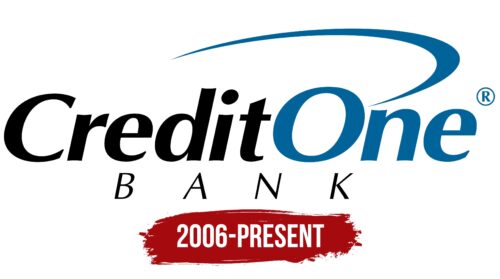Credit One Bank: Brand overview
| Founded: | 1984 |
| Founder: | Sherman Financial Group |
| Headquarters: | Las Vegas, Nevada, U.S. |
| Website: | creditonebank.com |
Meaning and History
Credit One Bank color codes
| Black | Hex color: | #000000 |
|---|---|---|
| RGB: | 0 0 0 | |
| CMYK: | 0 0 0 100 | |
| Pantone: | PMS Process Black C |
| Medium Persian Blue | Hex color: | #006399 |
|---|---|---|
| RGB: | 0 99 153 | |
| CMYK: | 100 35 0 40 | |
| Pantone: | PMS 7691 C |




